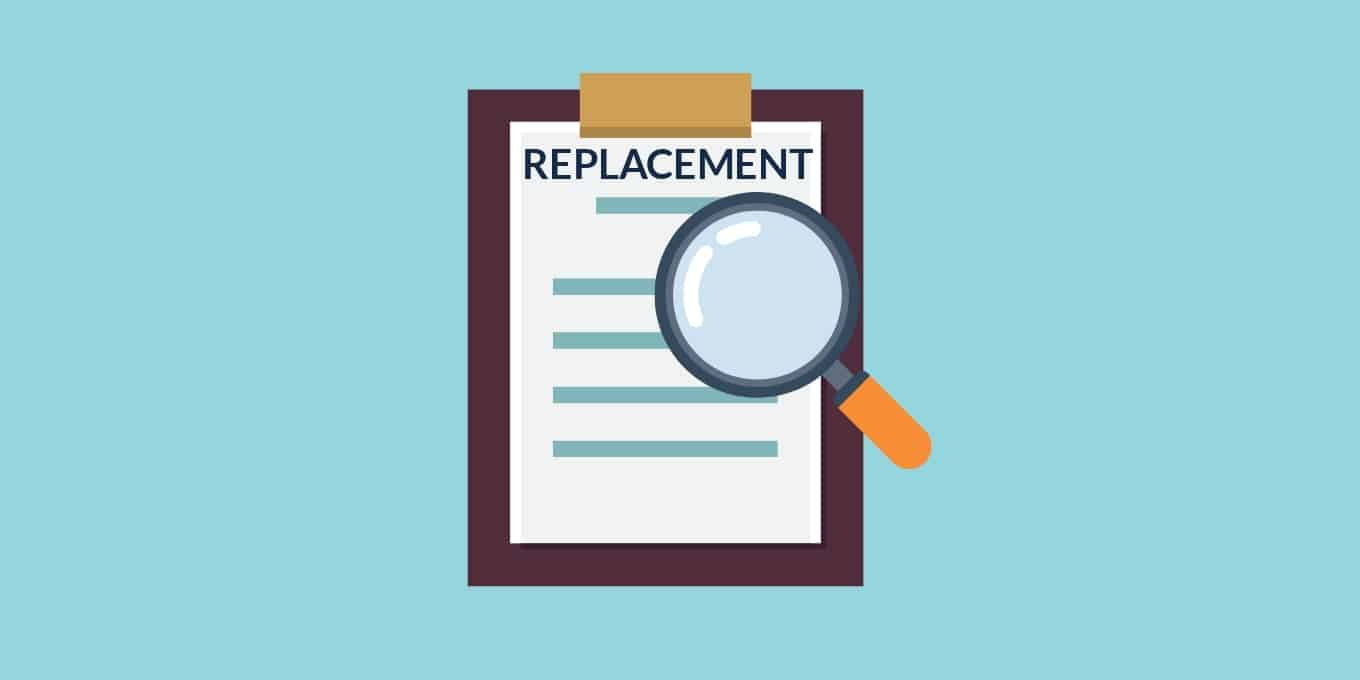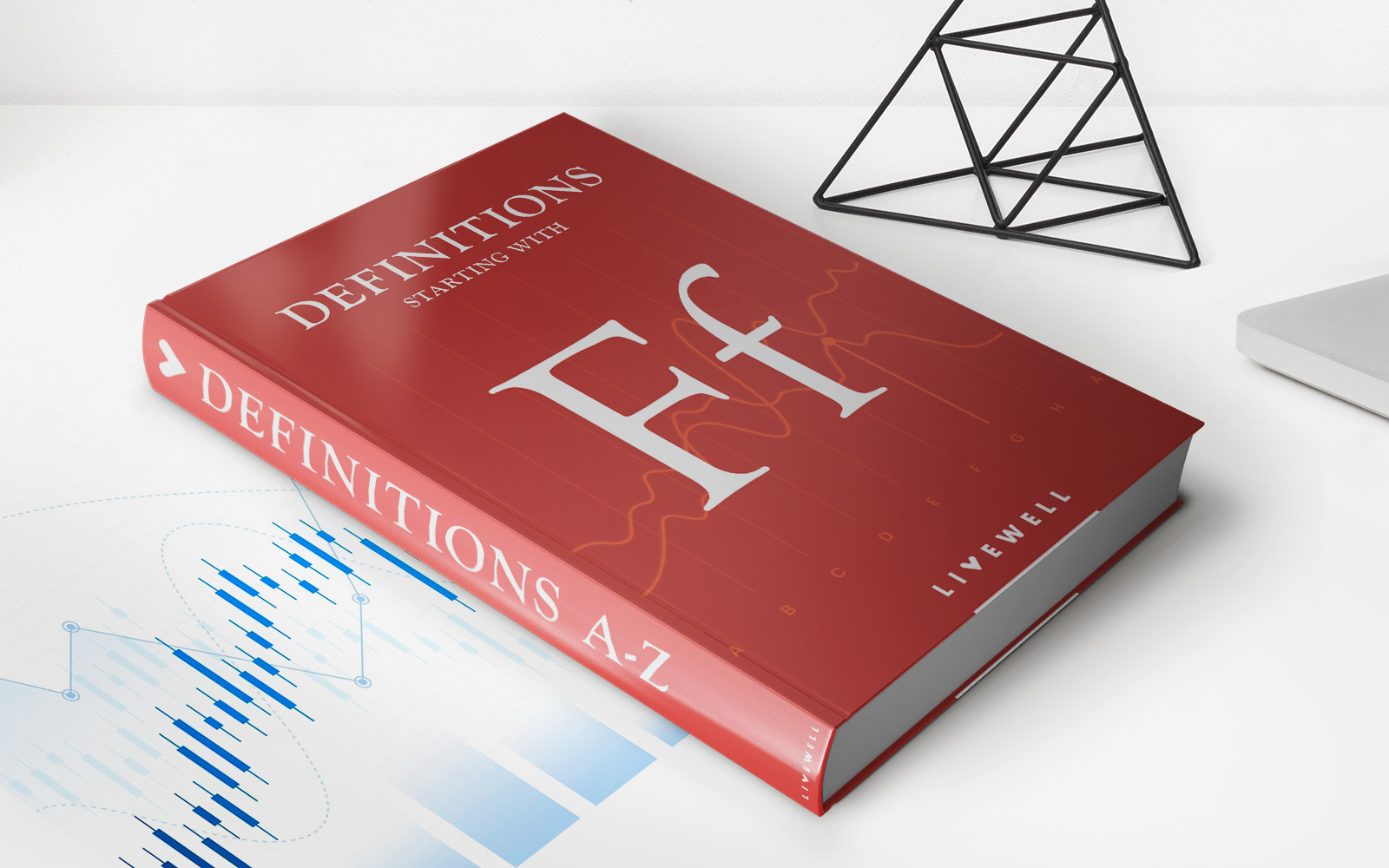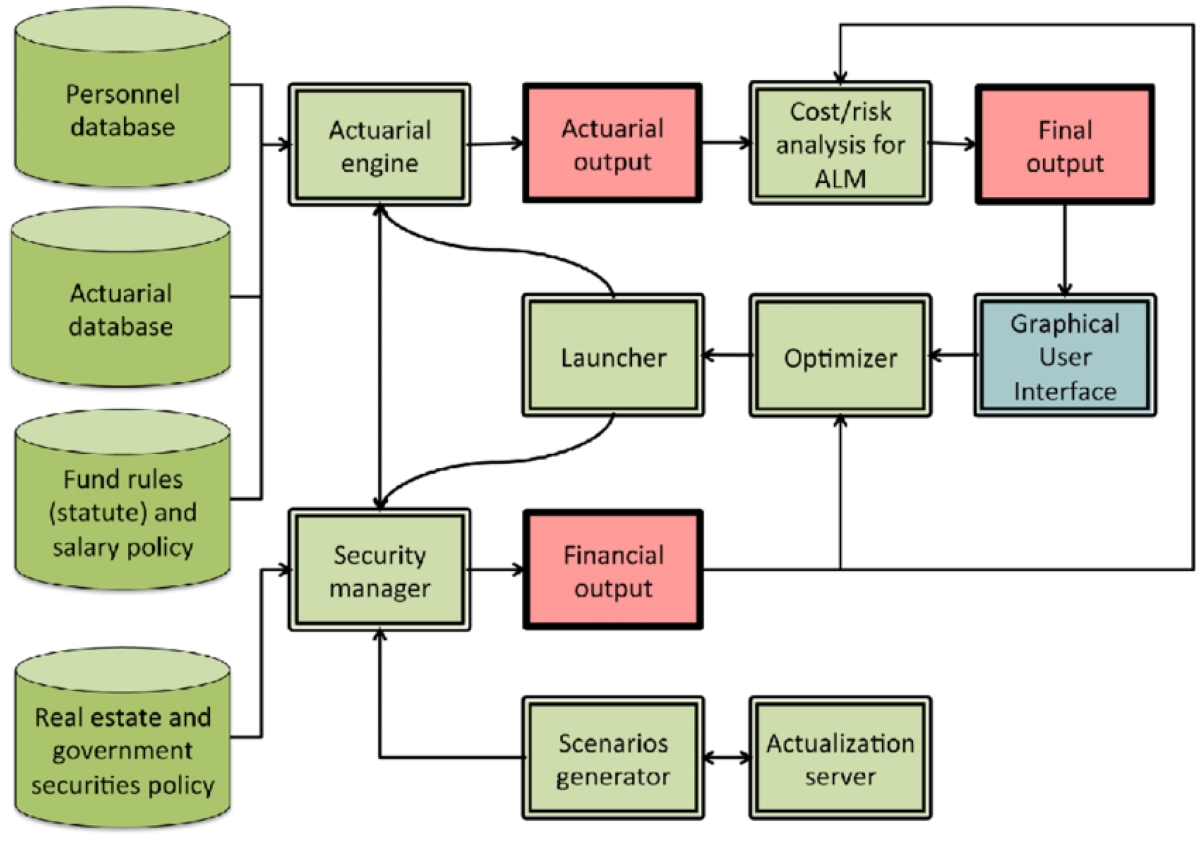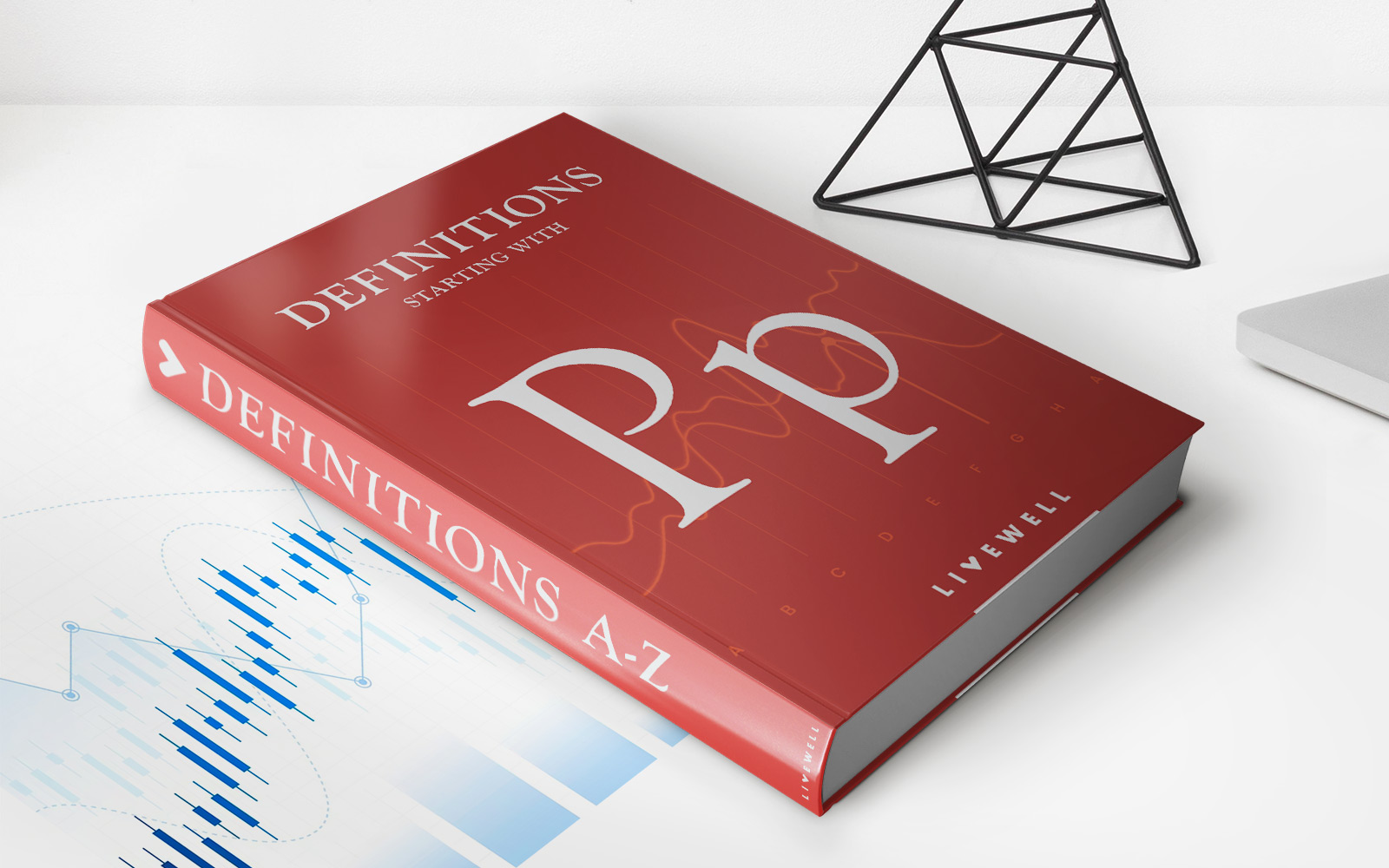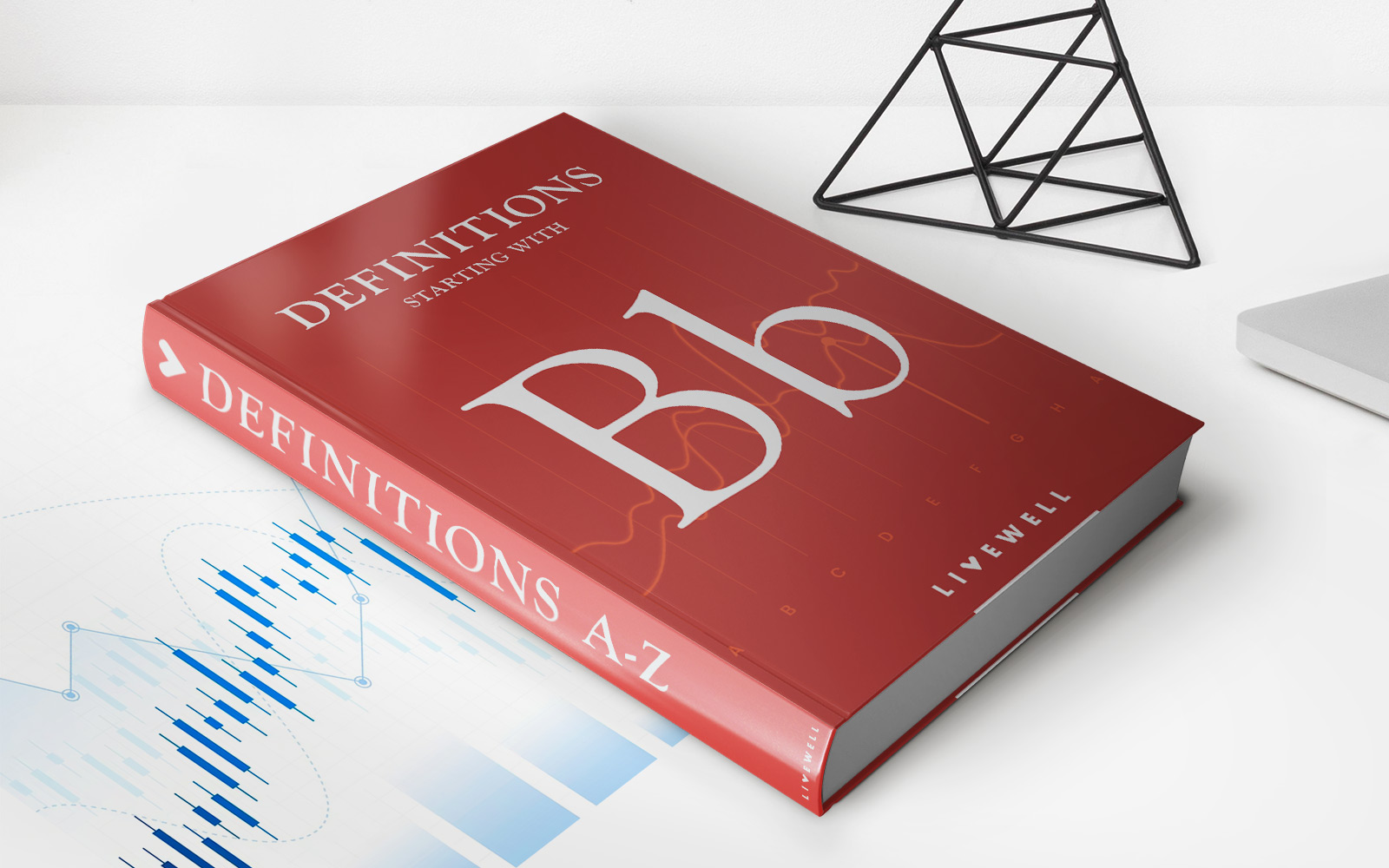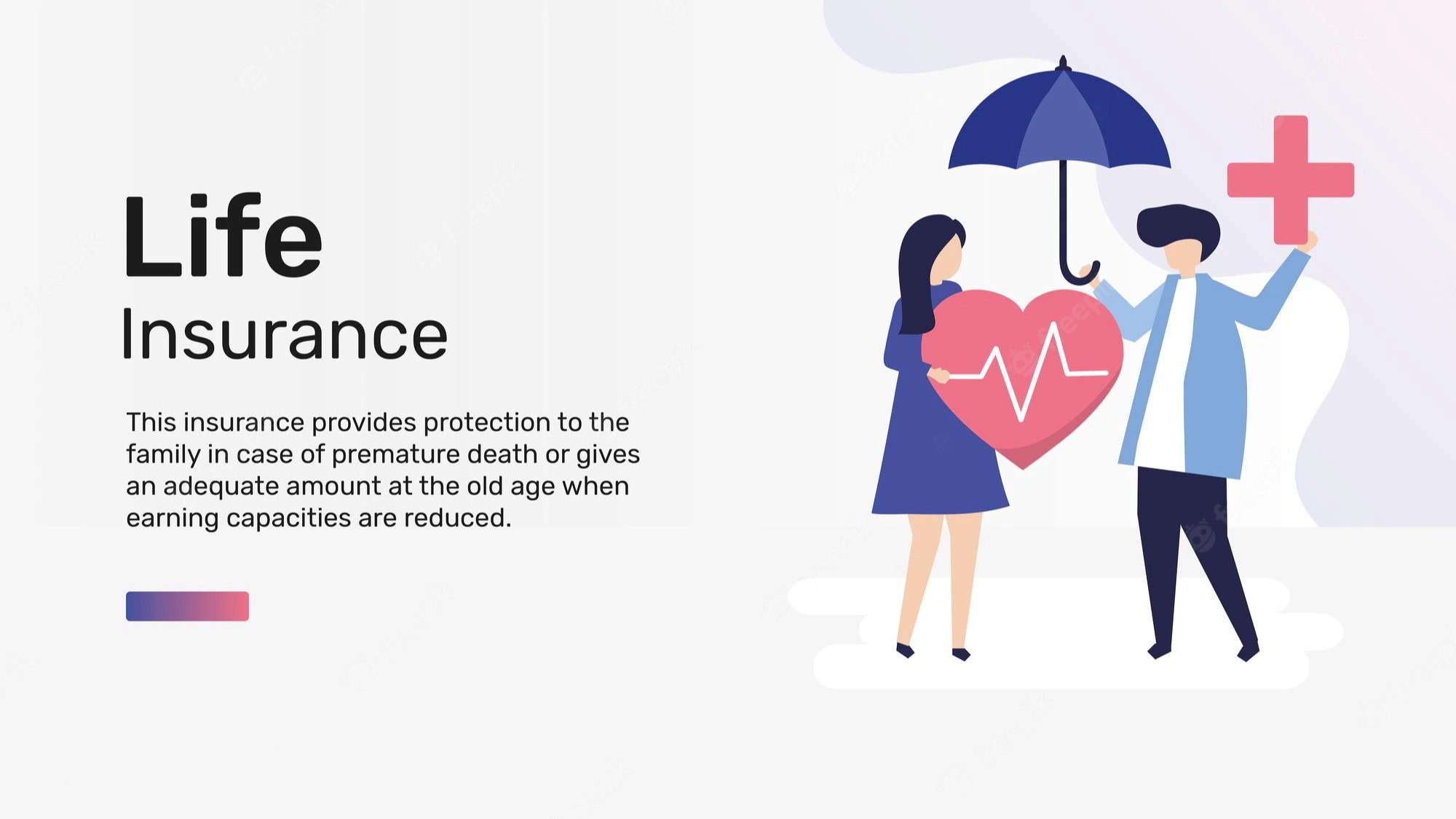

Finance
What Is The Age Limit For Life Insurance?
Published: October 15, 2023
Find out the age limit for life insurance and secure your financial future with the right coverage. Get insights on finance and insurance options.
(Many of the links in this article redirect to a specific reviewed product. Your purchase of these products through affiliate links helps to generate commission for LiveWell, at no extra cost. Learn more)
Table of Contents
Introduction
Life insurance is an essential financial tool that provides valuable coverage and financial security to individuals and their loved ones. It offers a way to protect against the uncertainties of life, ensuring that your family and dependents are financially stable in the event of your untimely death.
When considering life insurance, one of the important factors to understand is the age limit associated with different policy types. The age limit determines the maximum age at which an individual can apply for or renew a life insurance policy. It plays a crucial role in determining eligibility, premiums, and coverage options.
While the age limit for life insurance may vary depending on the policy type and the insurance company, there are certain common factors that affect the age limit across the industry. In this article, we will explore the age limit for different types of life insurance policies and discuss the factors that influence this limit.
Understanding the age limit for life insurance is vital as it allows individuals to make informed decisions when planning for their financial future and the well-being of their loved ones. Let’s delve into the specifics of age limits for various life insurance policy types.
Understanding Life Insurance
Before we delve into the details of age limits for life insurance, it’s important to have a clear understanding of what life insurance actually is. Life insurance is a contract between an individual (the policyholder) and an insurance company. The policyholder pays regular premiums to the insurance company, and in return, the insurance company provides a lump sum payout, known as the death benefit, to the policyholder’s beneficiaries upon their death.
Life insurance is designed to provide financial protection and support to the policyholder’s family and dependents in the event of their passing. It can be used to cover various expenses such as funeral costs, outstanding debts, mortgage payments, education expenses, and income replacement.
There are different types of life insurance policies available in the market, each with its own features, benefits, and age limits. It’s important to understand these policies to make an informed decision based on your needs and financial goals.
The two main categories of life insurance policies are term life insurance and permanent life insurance. Term life insurance provides coverage for a specific period, usually between 10 to 30 years, while permanent life insurance provides coverage for the entire lifetime of the insured individual.
Within the category of permanent life insurance, there are further subcategories such as whole life insurance, universal life insurance, and variable life insurance. These policies offer additional features like cash value accumulation and investment options.
Now that we have a basic understanding of life insurance, let’s explore the age limits associated with different types of life insurance policies and the factors that can influence those limits.
Factors Affecting Age Limit
Several factors come into play when determining the age limit for life insurance. Insurance companies take these factors into consideration to assess the risk associated with insuring an individual at a certain age. Here are some of the key factors that can influence the age limit for life insurance:
- Health Condition: One of the primary factors that affect the age limit for life insurance is an individual’s health condition. Insurance companies typically require applicants to undergo a medical examination or provide medical records to evaluate their overall health. Age limits may be adjusted based on the presence of pre-existing conditions or other health-related factors.
- Lifestyle Habits: Certain lifestyle choices, such as smoking, excessive alcohol consumption, or participating in high-risk activities, can impact the age limit for life insurance. These factors can increase the risk of mortality and may result in higher premiums or limitations on coverage.
- Occupation: The nature of an individual’s occupation can also play a role in determining the age limit for life insurance. Certain occupations that involve high-risk activities or exposure to hazardous environments may have higher age limits or stricter eligibility criteria.
- Family Medical History: Insurance companies may consider an individual’s family medical history when setting age limits. If there is a history of certain medical conditions or genetic disorders in the family, it could impact the eligibility and age limit for life insurance.
- Policy Type: Different types of life insurance policies may have varying age limits. For example, term life insurance typically has a lower age limit compared to permanent life insurance policies since it provides coverage for a specific period.
- Market Conditions: Market conditions and trends within the insurance industry can also influence the age limit for life insurance. Insurance companies may adjust their age limits based on industry standards and prevailing market practices.
It’s important to understand these factors and how they can impact the age limit for life insurance. By considering these factors, insurance companies assess the risk associated with insuring individuals of different age groups and determine the appropriate age limits for their policies.
Age Limit for Term Life Insurance
Term life insurance provides coverage for a specific period, typically ranging from 10 to 30 years. It is popular among individuals who have temporary financial obligations or who require coverage for a specific timeframe, such as paying off a mortgage or supporting dependent children until they become financially independent.
The age limit for term life insurance varies among insurance companies but generally falls between 18 and 80 years old. However, it’s important to note that the premium rates for term life insurance increase as the insured individual gets older. In some cases, the age limit may be lower for longer policy terms, such as 30 years, as insurance companies want to minimize the risk of potential health issues during the policy term.
It’s important to apply for term life insurance at a younger age, as it can help lock in lower premiums. As individuals age, the risk of developing health issues increases, which may lead to higher premiums or difficulty in obtaining coverage.
It’s worth mentioning that some insurance companies also offer term life insurance policies with age limits beyond 80 years old. However, the availability, terms, and conditions of such policies may vary, and the premiums may be significantly higher due to the increased risk associated with insuring older individuals.
When considering term life insurance, it’s crucial to evaluate your financial needs, the desired term length, and the age limit set by various insurance providers. This will help you choose the most suitable policy and ensure financial protection during the specified period.
Age Limit for Permanent Life Insurance
Permanent life insurance is designed to provide coverage for the entire lifetime of the insured individual. Unlike term life insurance, which has a predetermined term, permanent life insurance offers lifelong protection and often includes a cash value component that grows over time.
The age limit for permanent life insurance generally falls between 18 and 85 years old, although it may vary depending on the insurance company and the specific policy type. The younger an individual is when they apply for permanent life insurance, the lower the premiums are likely to be.
Insurance companies consider factors such as health condition, lifestyle habits, and family medical history when determining the age limit for permanent life insurance. Individuals with a good health profile and who maintain a healthy lifestyle are more likely to obtain coverage at older ages.
Within the category of permanent life insurance, there are different types of policies that can have varying age limits:
- Whole Life Insurance: Whole life insurance is a type of permanent life insurance that provides coverage for the entire lifetime of the insured individual. The age limit for whole life insurance typically ranges from 18 to 85 years old.
- Universal Life Insurance: Universal life insurance offers flexible premiums and death benefit amounts. The age limit for universal life insurance is usually between 18 and 85 years old.
- Variable Life Insurance: Variable life insurance allows policyholders to invest a portion of their premiums in various investment options. The age limit for variable life insurance is generally between 18 and 80 years old.
It’s important to note that as individuals get older, the premiums for permanent life insurance tend to increase due to the increased risk associated with insuring older individuals. Therefore, it is typically advisable to apply for permanent life insurance at a younger age to lock in lower premiums.
If you are considering permanent life insurance, it’s essential to understand your financial goals, assess the different policy types, and compare the age limits and premiums offered by various insurance companies. This will help you make an informed decision and ensure long-term financial protection for yourself and your loved ones.
Age Limit for Whole Life Insurance
Whole life insurance is a type of permanent life insurance that provides coverage for the entire lifetime of the insured individual. It offers both a death benefit to beneficiaries upon the insured’s death and a cash value component that accumulates over time. This cash value can be accessed by the policyholder through withdrawals or loans during their lifetime.
The age limit for whole life insurance typically ranges from 18 to 85 years old. However, the specific age limit can vary among insurance companies, with some offering coverage up to 90 or even 100 years old.
Applying for whole life insurance at a younger age allows policyholders to benefit from lower premiums. Premium rates for whole life insurance are generally level and do not increase as the insured individual ages. By securing whole life insurance early, individuals can lock in a more affordable premium throughout their lifetime.
It’s worth noting that as individuals get older, obtaining whole life insurance becomes more challenging. Insurance companies may impose stricter medical underwriting requirements to mitigate the risk associated with potential health issues in older age groups.
Furthermore, the cash value component of whole life insurance grows over time and can be a valuable asset. The accumulation of cash value can provide individuals with flexibility and financial options, such as borrowing against the policy or using it for supplemental retirement income.
When considering whole life insurance, it’s important to evaluate your financial goals, affordability, and the age limit set by different insurance providers. Assessing these factors will help you determine the most suitable coverage and ensure long-term financial security for yourself and your beneficiaries.
Age Limit for Universal Life Insurance
Universal life insurance is a flexible and customizable type of permanent life insurance that combines a death benefit with a savings component. It allows policyholders to adjust their premium payments and death benefit amounts throughout the policy’s lifetime, providing greater flexibility and control over their coverage.
The age limit for universal life insurance typically falls between 18 and 85 years old, although it can vary depending on the insurance company and the specific policy. Similar to other types of permanent life insurance, applying for universal life insurance at a younger age often results in lower premium rates.
One of the key advantages of universal life insurance is its flexibility. Policyholders can adjust their premiums and death benefit amounts to align with their changing financial needs and circumstances. As individuals get older, they may choose to decrease the death benefit or adjust their premium payments based on their evolving financial goals.
The cash value component of universal life insurance also accumulates over time, earning interest based on the policy’s crediting rate. This cash value can be accessed by the policyholder through withdrawals or loans, providing a source of supplemental income or financial flexibility during their lifetime.
The age limit for universal life insurance allows individuals to maintain coverage and continue building cash value well into their senior years. However, it’s important to note that as individuals get older, the premium rates for universal life insurance may increase due to the increased mortality risk associated with insuring older individuals.
When considering universal life insurance, it’s crucial to evaluate your financial goals, flexibility needs, and the age limits set by different insurance providers. By assessing these factors, you can choose a policy that aligns with your individual needs and ensures long-term financial security for yourself and your loved ones.
Age Limit for Variable Life Insurance
Variable life insurance is a type of permanent life insurance that offers both a death benefit and an investment component. It allows policyholders to allocate a portion of their premiums into various investment options, such as stocks, bonds, or mutual funds. The cash value of the policy depends on the performance of these investments.
The age limit for variable life insurance typically ranges from 18 to 80 years old, although this can vary among insurance companies. It’s important to note that the availability of variable life insurance may decrease as individuals get older, and the premiums may become more expensive due to the increased risk associated with insuring older individuals.
Variable life insurance provides individuals with an opportunity to participate in investment growth, potentially resulting in higher cash value accumulation over time. However, it’s important to understand that the performance of the chosen investment options can fluctuate, and there is a risk of losing money. Policyholders should carefully assess their risk tolerance and investment knowledge before considering variable life insurance.
The flexibility of variable life insurance allows policyholders to adjust their premiums and death benefit amounts, similar to universal life insurance. This flexibility can be beneficial for adapting to changing financial circumstances or goals.
When considering variable life insurance, it’s essential to carefully evaluate your investment knowledge, risk tolerance, and long-term financial goals. Consulting with a financial advisor or insurance professional can help you understand the intricacies and potential drawbacks of variable life insurance, ensuring that it aligns with your individual needs.
It’s worth noting that variable life insurance may be more suitable for individuals who are comfortable with investment risks and have a longer time horizon for their policy. Additionally, the age limit for variable life insurance may be more restrictive compared to other types of permanent life insurance, so it’s important to evaluate this factor when considering your insurance options.
Other Considerations
When it comes to life insurance and age limits, there are several other important considerations to keep in mind. These factors can help individuals make informed decisions about their life insurance coverage. Here are some additional considerations to take into account:
- Policy Renewal: While some life insurance policies have age limits for initial application, they may also have renewal options that allow individuals to continue coverage beyond a certain age. It’s important to understand the renewal terms and conditions of the policy to ensure continuous coverage.
- Policy Conversion: Some term life insurance policies offer the option to convert to a permanent policy without undergoing a medical examination. This can be beneficial for individuals who want to extend their coverage beyond the term period or have changing insurance needs as they age.
- Policy Riders: Insurance companies offer various riders that can enhance life insurance policies. These riders may have their own age limits and can provide additional benefits such as accelerated death benefits, critical illness coverage, or long-term care coverage.
- Financial Planning: Life insurance is an important component of overall financial planning. It’s essential to consider factors such as income, debts, dependents, and future financial goals when determining the appropriate coverage amount and age limits that align with your specific circumstances.
- Comparison Shopping: Insurance providers may have different age limits and offerings. It’s important to compare quotes, policy features, and customer reviews from multiple insurance companies to ensure you’re getting the best possible coverage at a competitive price.
- Consulting with Professionals: Understanding the complexities of life insurance and age limits can be challenging. Seeking advice from insurance professionals or financial advisors can help you navigate through the options and make well-informed decisions based on your unique needs and circumstances.
By considering these additional factors, individuals can gain a comprehensive understanding of their life insurance options, allowing them to select the most suitable policy based on their age, financial goals, and coverage needs.
Conclusion
Choosing the right life insurance policy is an important financial decision that involves understanding age limits and their impact on coverage options. While age limits may vary among insurance companies and policy types, there are common considerations to keep in mind.
Term life insurance offers coverage for a specific period and typically has an age limit ranging from 18 to 80 years old. Permanent life insurance, including whole life insurance, universal life insurance, and variable life insurance, provides coverage for a lifetime and often has age limits between 18 and 85 years old. The availability of coverage and premium rates may vary based on an individual’s health, lifestyle, and other factors.
It’s important to apply for life insurance at a younger age to lock in lower premiums and secure coverage before any potential health issues arise. However, age should not deter individuals from seeking life insurance later in life, as options are still available, albeit with potentially higher premiums.
When considering life insurance, it’s crucial to evaluate your financial needs, risk tolerance, and long-term goals. Comparing quotes from different insurance providers, understanding policy renewal and conversion options, and consulting with professionals can help in making an informed decision.
Regardless of age, life insurance provides peace of mind and financial security for yourself and your loved ones. By understanding the age limits and other considerations associated with life insurance, you can select the most appropriate policy that aligns with your unique circumstances and provides the necessary protection for your future.

